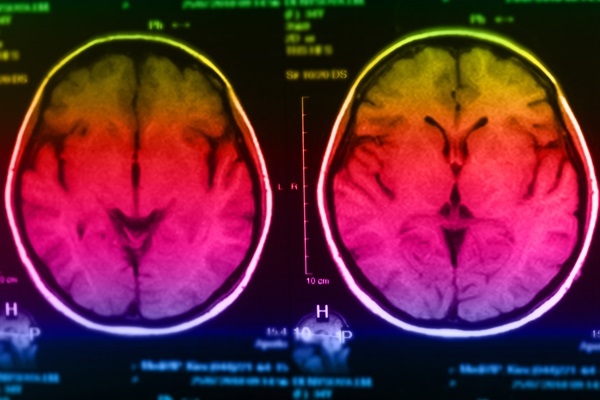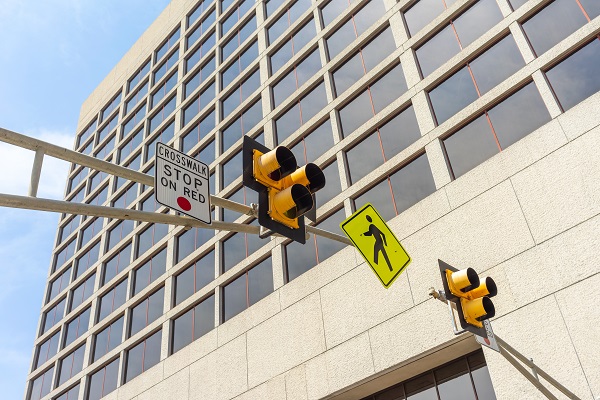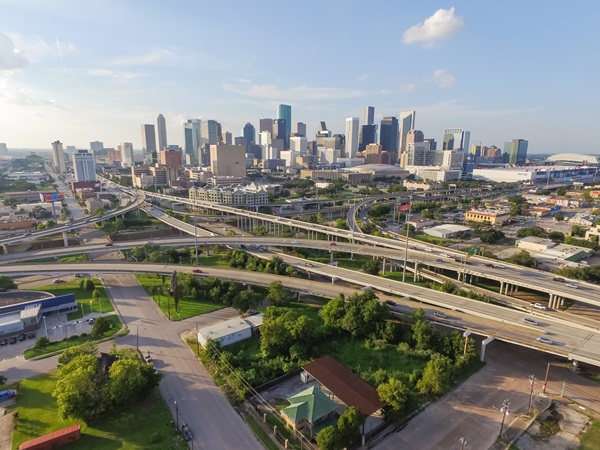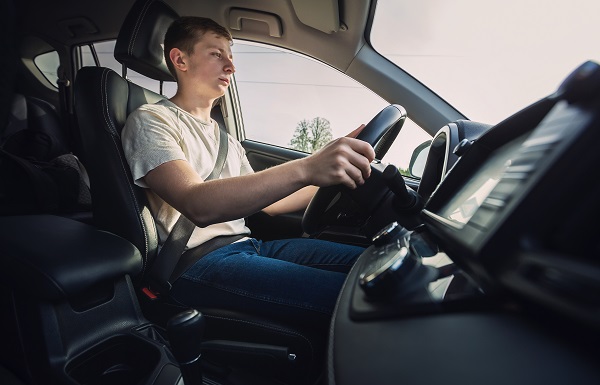New Data Links Most Truck Wrecks to Cell Phone Use

Distracted truck drivers aren’t just putting themselves at risk—they’re putting all of Houston in danger. When a fully loaded 80,000-pound big rig barrels down I-10 or Highway 59 and the driver is looking at a screen instead of the road, the results can be catastrophic. And according to a new industry report, it’s happening more often than most people think.
A 2025 survey from Teletrac Navman found that 70% of commercial fleets have been impacted by distracted driving incidents, with cell phone use cited as the top cause by 68% of businesses. These aren’t just close calls—they’re serious truck accidents causing real injuries, real financial losses, and real lives forever changed.
So what does this mean for Texas drivers, especially here in Houston—one of the most dangerous metro areas in the country? And how can victims hold trucking companies accountable when their drivers cause devastating wrecks because of distraction?
Let’s break it down.
Cell Phones Are Driving Up the Danger on Texas Roads
Distracted driving isn’t new. But what’s changed is the intensity of the problem inside the trucking industry.
Fleet operators who took part in the Teletrac Navman study said cell phone use is now the leading cause of distracted driving incidents. That means truck drivers are actively texting, swiping, watching videos, or using apps behind the wheel of vehicles that can crush a passenger car in seconds.
Some of the reported business consequences of distracted driving included:
- 49% said it caused direct financial losses
- 40% cited operational disruptions
- 28% faced compliance violations
- 25% suffered reputational damage
These numbers aren’t just bad for business—they reflect what’s happening out on real roads, where Houston drivers are paying the price for trucking company negligence.
Why Truck Drivers Are Still Using Phones on the Job
Despite strict federal regulations banning handheld cell phone use for commercial drivers, many truckers still engage in risky behavior. Why?
Here are a few common reasons:
- Pressure from employers to meet tight delivery schedules
- Lack of enforcement or monitoring by the company
- Driver fatigue or boredom during long hauls
- Overconfidence in their ability to multitask safely
Some trucking companies claim they train their drivers, but the Teletrac Navman survey shows that training alone isn’t always enough. The most effective programs combine telemetry tools, forward-facing cameras, and in-cab monitoring—but not every fleet invests in that kind of safety technology.
And even when they do, those tools are only useful if the data is actually reviewed and acted on.
What Happens When a Distracted Truck Driver Causes a Crash?
When a trucker is distracted and causes a wreck, the consequences can be devastating:
- Rear-end crashes that crush smaller vehicles
- Rollover accidents on interstates or highways
- Jackknife collisions in poor weather or traffic
- Fatal wrecks involving other drivers, pedestrians, or motorcyclists
Unfortunately, many victims don’t realize that the trucking company may be legally responsible—not just the individual driver.
Under Texas law, victims can often pursue a claim against:
- The trucking company, for negligent hiring or lack of supervision
- The driver, for failing to follow federal and state rules
- A third-party contractor, such as a dispatch service that encouraged unsafe scheduling
Distracted driving isn’t just careless—it’s negligent. And when a trucking company puts a driver on the road who isn’t fully focused, they may be liable for every injury, lost income, or wrongful death that results.
Proving Cell Phone Use in a Truck Accident Case
Trucking companies don’t usually admit their drivers were texting or using apps. In fact, they’ll do everything possible to avoid blame.
That’s why it takes an aggressive investigation to prove what really happened. At Smith & Hassler, our Houston truck accident lawyers know how to build a distracted driving case using:
- Phone records from the truck driver’s carrier
- Black box (EDR) data from the commercial vehicle
- Dashcam footage or forward-facing video
- Telematics reports showing sudden braking or erratic driving
- Eyewitness statements about driver behavior before the crash
By connecting the dots between phone use and the timing of the accident, our attorneys can help show how distraction directly caused the wreck—and why victims deserve full compensation.
Smith & Hassler Holds Trucking Companies Accountable
In a city like Houston—where truck traffic never stops and serious collisions happen every day—there’s no room for distracted driving behind the wheel of a big rig. If you’ve been hit by a truck driver who wasn’t paying attention, you need a law firm that knows how to fight back.
At Smith & Hassler, we’ve been standing up for injured Texans for more than 30 years. Our team has recovered over $1 billion for victims across Houston and throughout Texas. We understand how truck accident cases work—and we know what it takes to get results when trucking companies try to deny, delay, or shift the blame.
From the moment you call us, we’ll get to work:
- Investigating the crash and preserving key evidence
- Taking on the insurance company and pushing back against lowball offers
- Preparing every case as if it’s going to trial—because that’s what moves the needle
We don’t back down. And we don’t settle for less than what our clients deserve.
Talk to a Houston Truck Accident Lawyer Who Knows How to Win
If you were injured—or if you lost someone you love—because a truck driver was distracted by a cell phone, don’t try to handle the case on your own. The trucking company has lawyers on its side. You should too.
Give us a call or contact us online today to schedule a free consultation. There’s no cost to talk with us, and you don’t owe us anything unless we win.
“Al Hassler is a fantastic lawyer. He educated me so much on what I was entitled to and provided great guidance, advice, and support. I am extremely happy with my settlement. I highly recommend this law firm. Very trustworthy and excellent service.” — Danae Q., ⭐⭐⭐⭐⭐













